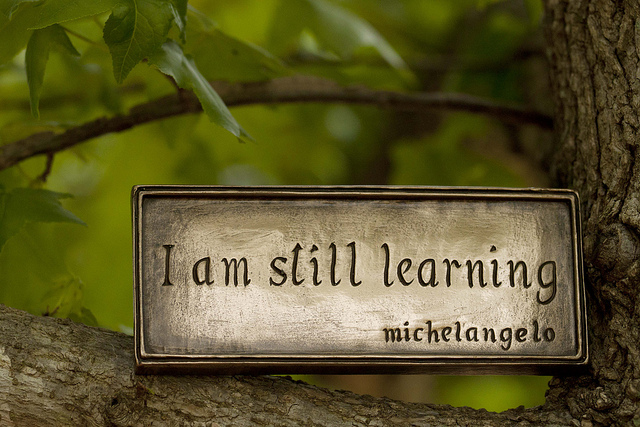T-shaped skills or persons is a metaphor for the depth and breadth that an
individual has in their skills.
It was first introduced by Tim Brown in 1991 as a method to build a workforce of
interdisciplinary individuals for creative processes.
The vertical bar on the ‘T’ represents the depth of related skills and expertise in a single field, whereas the horizontal bar represents a breadth of skills and the ability to collaborate across disciplines with experts in other areas and to apply knowledge in areas of expertise other than one’s own.

Lately many things changed in the software industry. Not only the technology stack but also the methodologies and processes.
The cloud and IoT revolution are pushing the enterprises to evolve their technological stacks and architectures in order to stay in the race. It’s not enough for a developer anymore to have a specialty (be in a expert in back-end, front-end, or a particular technology stack), he also needs to be comfortable in doing a wide range of development work and understand how his work interacts with the work of the rest of the developers in the organization.
It is not possible anymore for a developer to sit in his own little area worrying about only his little part of the puzzle with clear definitions of responsibility. Staying in such a model will inevitably create a world of silos, isolated and closed knowledge, in other words, a world of “not my problem”.
Agility adoption in software houses is rising, and developers in these organizations are expected to be comfortable in not just doing a wide range of development work, but also to self-organize, to improve their work and processes, to help steer the ship, and to participate in product management and design thinking activities.
The industry is also adopting the DevOps movement in order to improve solutions
and meet clients expectations.
This requires developers to have clear methodologies to work with, a supportive
organizational culture, and tools that automate the simple tasks.
Having an interdisciplinary workforce of software developers has become crucial for any enterprise in such context.

Becoming a T-shaped developer requires developing one or more deep skill-sets of knowledge complemented with broad generalist knowledge across an entire solution. Acquiring new skills requires a different mindset and a serious investment. Adopting a continuous learning approach and continuously expanding knowledge area, are mandatory to succeed in growing both bars of the T. Fortunately, nowadays software developers have a wide choice of means to grow his expertise and learn new skills: books, blogs, hacking events, conferences, podcasts, programming challenges, meetups, etc. All these activities will help a developer to build T-Shaped skills and succeed in the software industry.